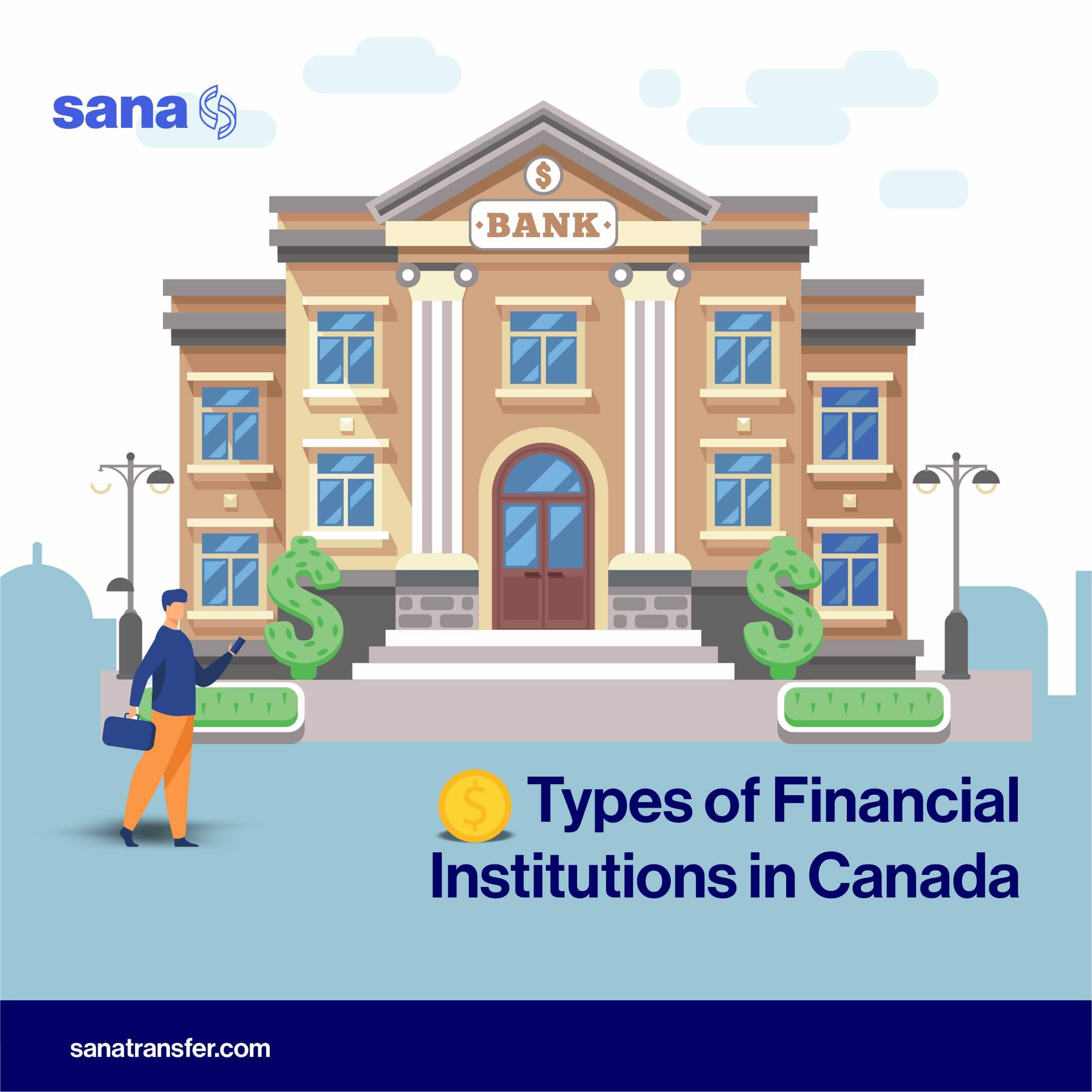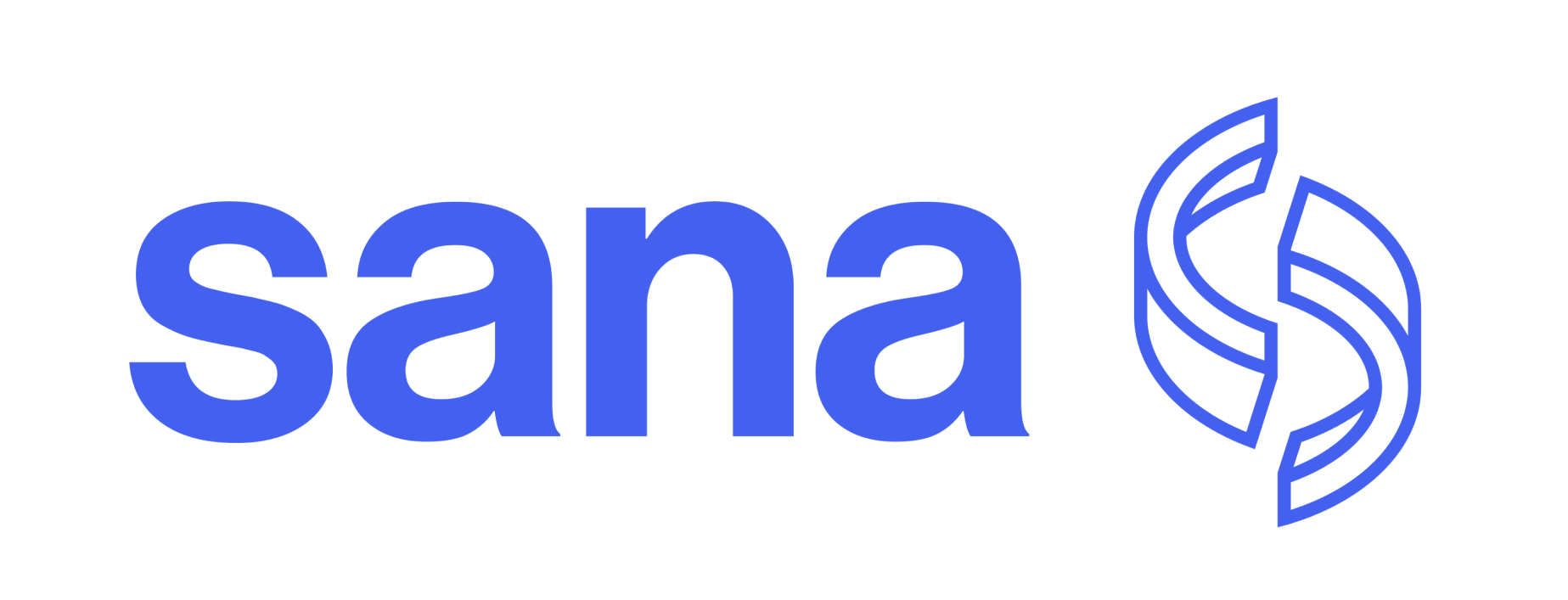Types of Financial Institutions in Canada
Learn about the major types of financial institutions in Canada and the services they provide for businesses and individuals.

Canada is home to hundreds of financial institutions that are of different shapes and sizes. From big multinational banks to smaller community-centred credit unions and digital banks, the financial industry in Canada can certainly be regarded as well-balanced. This article discusses the different types of financial institutions in Canada, their different functions, and their characteristics. All these institutions aim at providing you with quick and seamless access to quality financial services.
Why are Financial Institutions Important?
There is more to the financial institutions in Canada than just depositing or sending and receiving money. Essentially, the different types of financial institutions
offer different products and services to help you reach both your short- and long-term financial goals. Also, they provide you with credit and loans to help you pursue entrepreneurship or homeownership. This eventually helps to grow Canada’s economy.
Extensively, all financial institutions in Canada accept deposits and promote the immediate transfer and withdrawal of money. Many of them also provide a wide range of investment products, mortgages as well as other forms of quick credit to their customers. Businesses can also access these banking, investment and credit services.
What are the Types of financial institutions in Canada?
Here is a list of the different types of financial institutions in Canada:
1. Big Six Banks
Canada’s “Big Six” are arguably the most prominent and well-known banks and financial institutions in Canada. Also, they are one of the largest, as they collectively form almost $1.73 trillion in assets. They are popularly called the “Big Six” and include:
- Canadian Imperial Bank of Commerce (CIBC).
- Royal Bank of Canada (RBC).
- Bank of Nova Scotia (Scotiabank).
- Bank of Montreal (BMO).
- Toronto-Dominion (TD) Bank.
- National Bank of Canada.
The six banks listed above, alongside a number of other notable mid-sized financial institutions in Canada, are called Schedule I banks. Schedule I banks are Canadian-incorporated domestic banks that are controlled by the Bank Act and handled by the OSFI (Office of the Superintendent of Financial Institutions).
2. Credit unions
Credit unions are simply financial co-operatives that offer their customers (called members) traditional banking services, including investment, savings and chequing accounts, insurance, as well as mortgages. The only difference between credit unions and banks is that credit unions run on a not-for-profit basis and they will give out any profits or dividends made back to their members.
Credit unions, which are spread across different locations in Canada, are also usually involved in their immediate communities through initiatives such as scholarships and donations. Conexus Credit Union and Saskatchewan-based Innovation Credit Union are well known to provide community support through grants and scholarships.
3. Caisses populaires
Just like Credit Unions, Caisses populaires operate on a not-for-profit basis. Also, caisses populaires offer their members a wide range of unique financial products and services. Some of the services here include insurance, personal and business accounts, mortgages as well as investments. Another advantage of this financial institution is that they offer members an opportunity to vote in their yearly general meetings. Members of Caisses populaires elect the officers in charge and the board of directors.
Caisses populaires are primarily located in francophone areas of Canada. These financial institutions and credit unions are generally held under provincial legislation.
4. Online-only banks, also called digital banks or “neo banks”
In recent years, technology has made online-only banks to become more prevalent in Canada. These kinds of banks offer similar banking options to regular brick-and-mortar banks. Some of their services include savings and chequing accounts, registered accounts, and sometimes, investments and mortgages. Some digital banks also offer their customers lower or no-fee account alternatives.
Most digital banks running in Canada are connected to their conventional banks, credit unions or other financial institutions. Some notable online banks in Canada include:
- Manulife Bank.
- Motive Financial (a division of Canadian Western Bank).
- Simplii Financial (owned by CIBC).
- Alterna Bank (a subsidiary of Alterna Savings and Credit Union).
- EQ Bank (owned by Equitable Bank).
- Tangerine Bank (a subsidiary of Scotiabank).
Also, neo banks are another recent form of virtual banks in Canada. These banks operate strictly via the Internet (internet-only) and specialize in specific financial products, such as checking and savings accounts, bill payments, e-transfers, etc.
Recommended - ACH Transfer Limits - All You Should Know
What are the Characteristics of a High-Quality Financial Institution?
When deciding on which financial institution to use, you must look out for some specific traits and features. These features ensure that your money is well protected and also help you to determine the best alternative for your needs.
1. Deposit Insurance
All eligible deposits kept in Canadian financial institutions that are registered members of the CDIC are insured ( $100,000 in insurance) in the occurrence of bank failure.
Over 80 financial institutions are active members of CDIC, including Canada’s big five banks. However, other newer financial institutions that don't have the same structure as banks usually hold their customers’ deposits in trust with any CDIC member institution. Note that it is important to read through the fine print before you open an account with any Canadian bank to ensure that your savings will be secured.
2. Proper authorization, accreditation and governance
Financial institutions in Canada must follow distinct guidelines because they are all governed by OSFI. Some of these guidelines include capital adequacy requirements, large exposure limits, accountancy standards, corporate governance, as well as proper business and monetary practices,
Also, credit unions and caisses populaires controlled by the FSRA are mandated to maintain a compulsory standard of conduct. They must maintain acceptable liquidity and robust capital reserves as well.
3. Convenience
Digital banking is rapidly becoming popular in Canada as many people prefer the comfort of executing banking transactions through their smartphones from the convenience of their homes. The number of Canadians who use digital channels has multiplied since the onset of the pandemic. For this reason, convenience is a major factor to consider when choosing a financial institution.
While banking choices are personal — some Canadians may decide to visit a physical branch, while others prefer to transact online, there is still a rapid move from physical services to digital services. Technology has made all of these achievable within just a few years. Large financial institutions in Canada have built up all their digital offerings through mobile apps. Essentially, these apps give their customers quick access to a wide range of products and financial transactions.
4. Fees
Before opening an account with any bank, ensure that you fully understand the banking fees you will be charged for your account. If possible, learn how to avoid paying these fees. Fortunately, many Canadians are learning how to reduce these fees or avoid them totally.
Most prominent financial institutions provide their customers with basic account alternatives for up to $4 every month. They also provide discounted or free bank account alternatives for students, youth, seniors, Registered Disability Savings Plan beneficiaries, as well as newcomers to Canada.
5. Services, features and account offerings
Most Canadian banks provide you with a wide range of unique financial products and services. Some of these services include investments, loans, credit cards, and more than 100 different special bank account packages. So you can rest assured that you are getting the best out of your financial life.
Some Canadian financial institutions may even choose to specialize their banking services in specific areas, like small-scale businesses or customers within a specific region.
Note that the total number of financial services or bank account types a financial institution provides customers doesn’t determine the level of quality it has to offer.
Bottom Line
There are different types of financial institutions in Canada that are all tailored to meet your specific needs. When considering your options before deciding on a financial institution to use, ensure it offers the specific services and account varieties that fit your needs. Also, don't forget to take note of the fees charged and how to avoid them as much as possible. Doing this will ensure that you have a better banking experience.
SanaTransfer offers easy, fast and secure payment services with better rates and faster payouts for international remittance. Sign up now to get started.
Download the app for Android or iOS.
